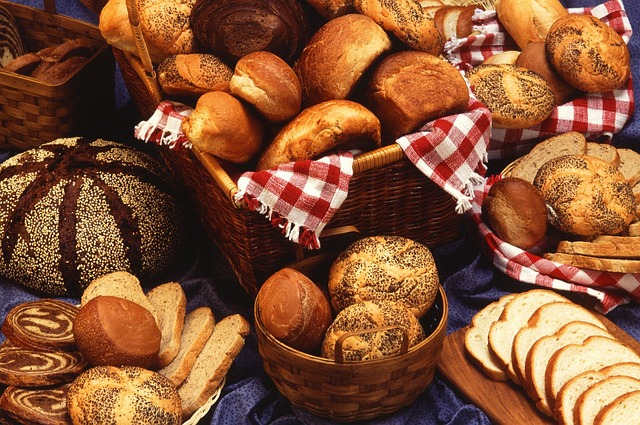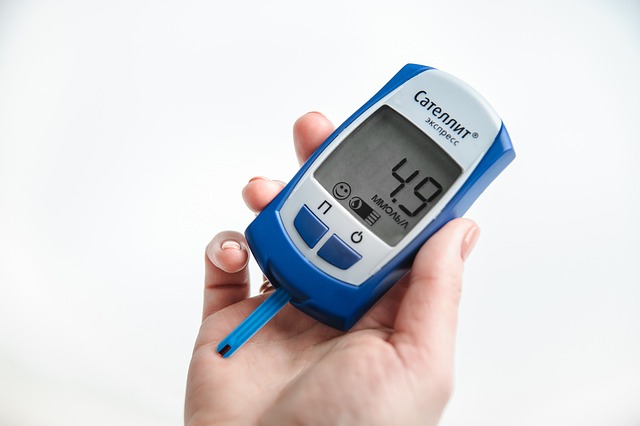What is the best prediabetes diet? That may be a burning question on your mind if you have been recently diagnosed with prediabetes, or if you have known about your prediabetes for a while now.
What’s more is that you are at risk if you are overweight, have high “bad” LDL cholesterol or high triglycerides, or low “good” HDL cholesterol. What these have in common is that you can improve them with diet.
Most people with prediabetes eventually get diabetes, but here’s a secret: it doesn’t always have to happen. You can prevent or delay type 2 diabetes in large part by following a healthy diet for prediabetes – no gimmicks necessary.
Best Diet Plan to Reverse Prediabetes
A great thing about prediabetes is that it is often reversible. In most cases, you do not even need medications. All you may need are the right diet plan, additional healthy lifestyle choices such as exercising and avoiding smoking, and a lot of dedication and patience.
There is no single best diet plan for prediabetes. If you ask 100 people, “What is the best diet for prediabetes?,” you may get 100 different answers – and they may all be correct. Your plan should help you control your weight, provide the nutrients and healthy foods you need to lower risk for diabetes and other chronic diseases, and fit into your lifestyle so that you can make it work for the long term.
The goals for the “best” prediabetes diet:
Right Weight
Extra pounds are among the most significant modifiable risk factors for prediabetes and diabetes, and the prediabetes diet plan that you choose should help you achieve and maintain a healthy weight. While a “healthy” BMI is considered to be under 25 kg/m2 (that is 155 lb. for a 5’6” woman and 179 lb. for a 5’11” man), it may not be necessary to get under that weight to lower your risk. Losing as little as 5% of your body weight – or 8 to 10 lb. if you weigh 160 to 200 lb. – can decrease diabetes risk.
Right Nutrition
Aside from weight, certain nutrients are linked to improved health and lower diabetes risk. For example, increasing consumption of vegetables, fruits, and beans, eating more whole grains instead of refined, and choosing olive oil can all lower diabetes risk. Limiting sweets, refined carbohydrates such as white bread and pasta, and unhealthy fats from fried foods and fatty meats are examples of dietary patterns to slow any progression of prediabetes.
Right Lifestyle
If you do not follow the diet plan, it will not work. Any diet, no matter how nutritionally perfect, needs to fit into your lifestyle. Your prediabetic diet needs to:
- Include foods you love to eat.
- Allow for indulgences and special occasions, so you can satisfy the occasional craving and fit in a party or work event without going off your diet plan or feeling guilty.
- Rely on “regular” foods and ingredients that your local supermarket carries.
- Require you to spend only the amount of time in the kitchen that you want, rather than requiring gourmet recipes for all three meals.











.webp)








